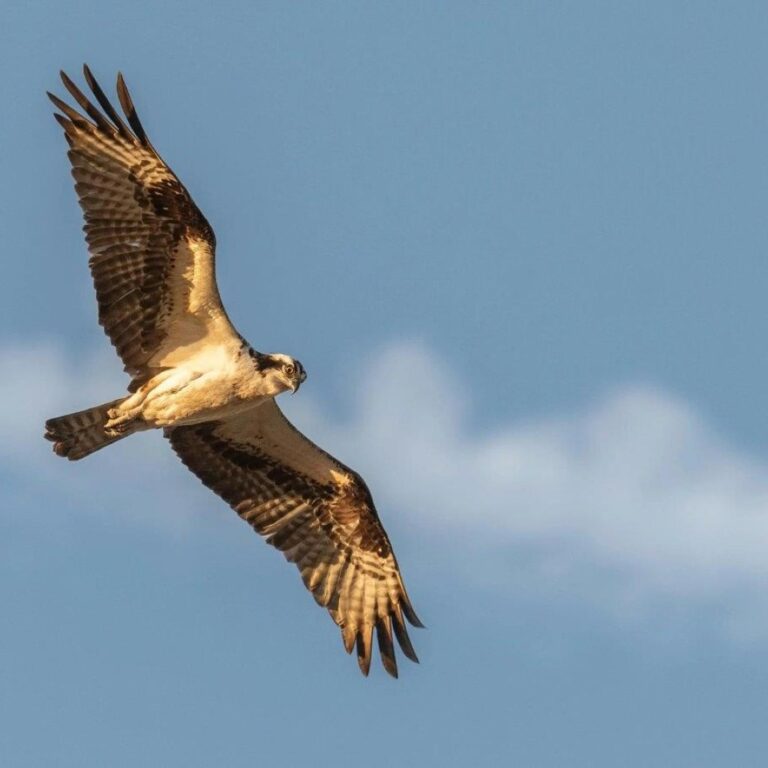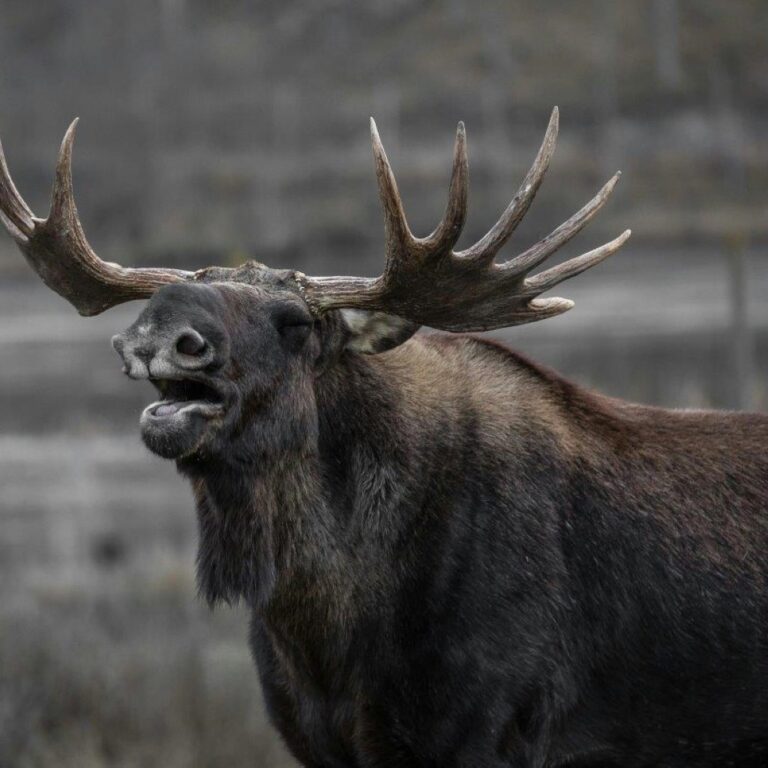Turtles are among the oldest reptile groups, having existed for over 200 million years. This means they shared the Earth with dinosaurs and have survived through massive changes in the environment.
There are over 300 species of turtles, ranging from tiny bog turtles that measure just a few inches to giant leatherback sea turtles that can weigh over 2,000 pounds.
The shell of a turtle is made up of about 50 bones, including the turtle's rib cage and spine, which are fused together to form a protective armor.
Unlike many other reptiles, turtles cannot leave their shells. Their shell is an integral part of their body structure, providing protection from predators and harsh environmental conditions.
Sea turtles are known for their incredible migratory journeys. Some species, like the loggerhead turtle, travel thousands of miles between feeding grounds and nesting sites.
Turtles are ectothermic, or cold-blooded, meaning they rely on their environment to regulate their body temperature. This is why turtles are often seen basking in the sun to warm up.
The lifespan of turtles varies widely among species. Some turtles can live to be over 100 years old, with certain tortoises being known for their particularly long lives.
Turtles have a unique way of breathing. While they have lungs, they also absorb oxygen through the skin on their neck and cloaca (a posterior orifice) when underwater.
The diet of turtles can vary greatly depending on the species. Some turtles are herbivores, eating plants and algae, while others are carnivores or omnivores, eating insects, fish, and even small mammals.
Female sea turtles return to the exact beach where they were born to lay their eggs, often traveling great distances to reach their natal beaches.
The sex of turtle hatchlings is determined by the temperature of the sand where the eggs are incubated. Warmer temperatures generally produce females, while cooler temperatures produce males.
Turtles have an excellent sense of direction and are able to navigate across vast ocean distances. Researchers believe they use the Earth's magnetic fields as a guide.
Turtles communicate with each other using a variety of sounds, body language, and even vibrations. This communication is especially important during mating season.
Some species of turtles, like the box turtle, can completely close their shells to protect themselves from predators, thanks to a hinged plastron (the lower part of the shell).
Conservation efforts are crucial for many turtle species, as they face threats from habitat loss, pollution, and poaching. Protecting their habitats and reducing human impact are key to their survival.


